#Hippolyte Bailliere
Photo
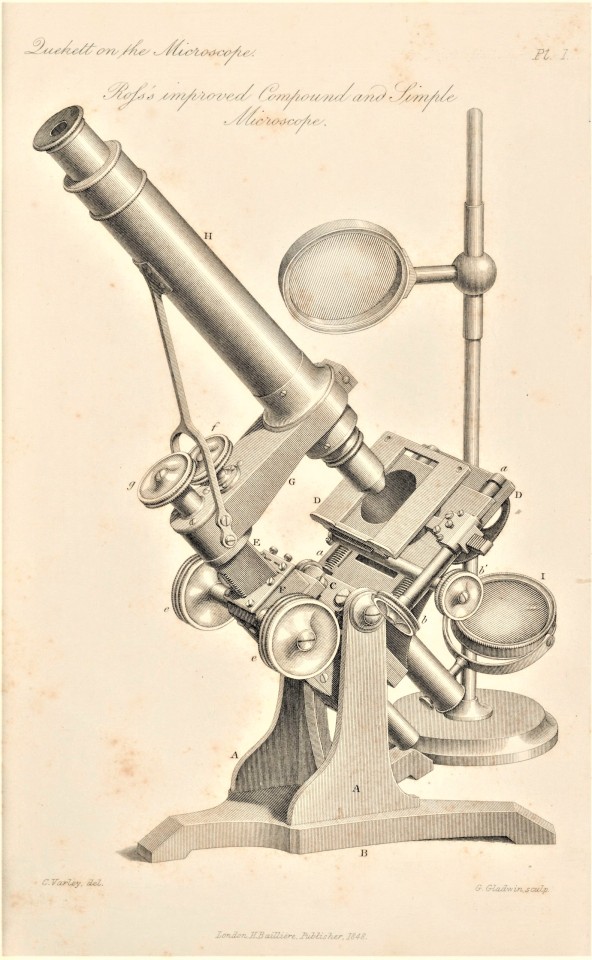
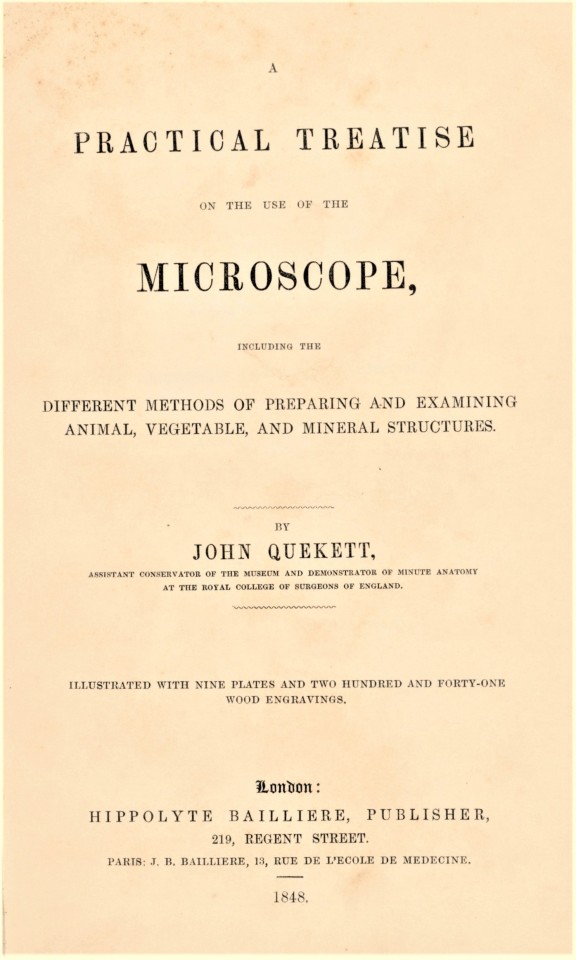
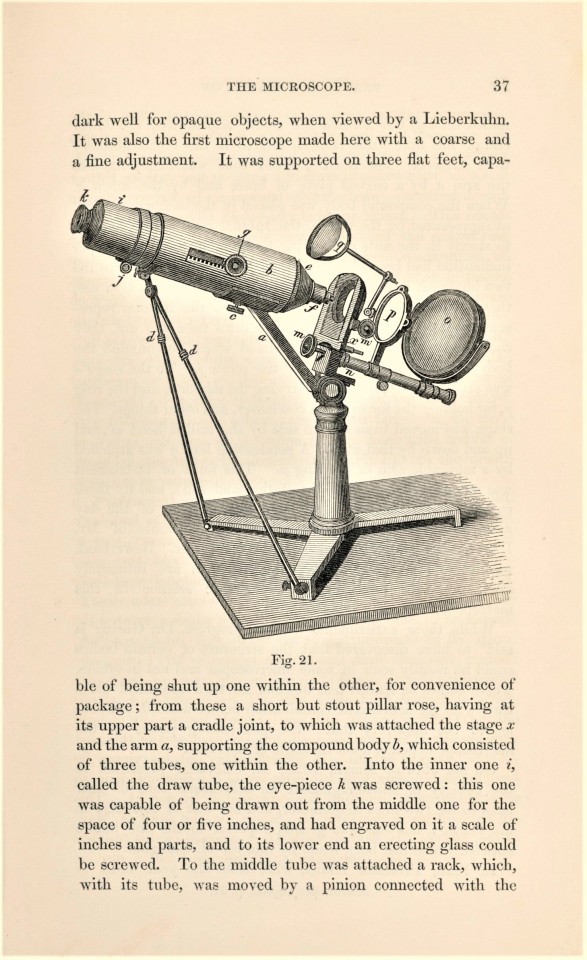
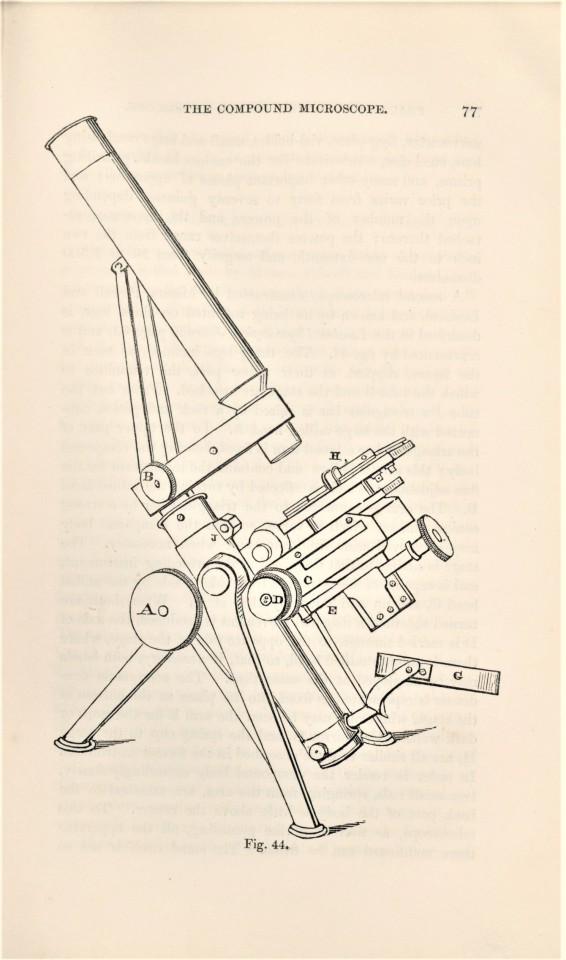


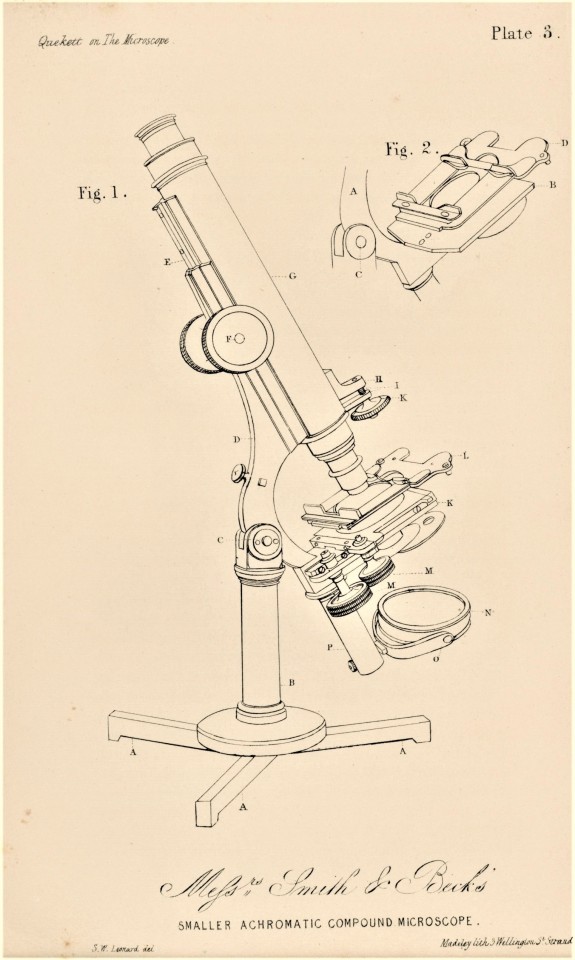

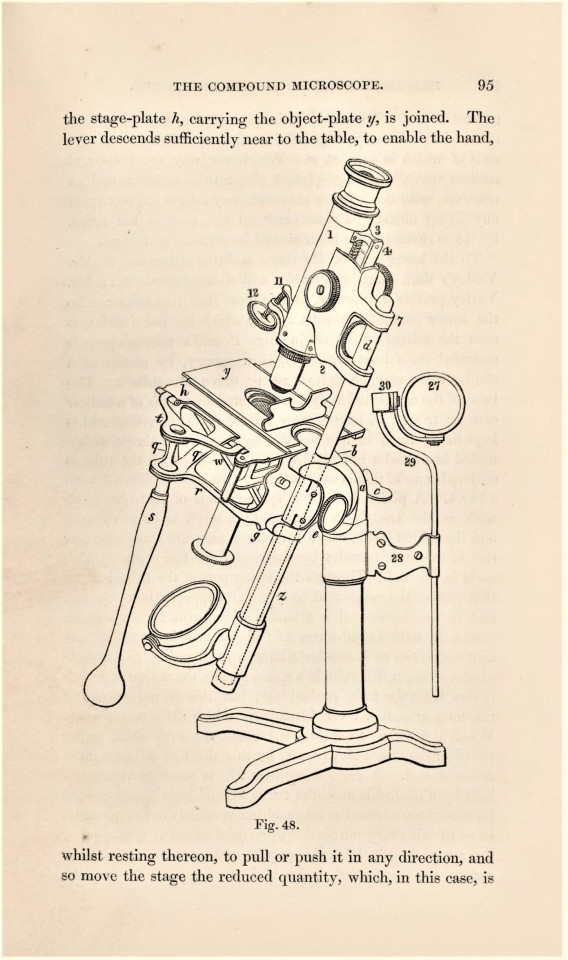

Science Saturday
Here are a few pages and plates from A Practical Treatise on the Use of the Microscope by notable English microscopist and histologist John Quekett (1815-1861), published in London by Hippolyte Bailliere in 1848. Bailliere was a prominent science and medical publisher whose imprint has survived as a medical imprint of the Elsevier publishing group.
A classic in its field, the book includes nine engraved and lithographed plates and 241 wood engravings. It opens with a 46-page history of the microscope that remains definitive to this day. It then describes a number of microscopes and instruments with exquisite illustrations and detailed descriptions of the rationale and function for each instrument. Part two of the treatise provides detailed instructions on the use of the microscope and ends by detailing various methods for preparing specimens for microscopic examination.
John Quekett was conservator of the Hunterian Museum in Glasgow, a long-time secretary of the Microscopical Society and then its president, and he was a fellow of the Linnean Society and the Royal Society. His Practical Treatise was enormously influential among professionals and amateurs, and even Prince Albert came to him for instruction. His legacy is commemorated by the Quekett Microscopical Club, established in 1865.
View our other Science Saturday posts.
#Science Saturday#John Quekett#microscope#microscopes#microscopy#A Practical Treatise on the Use of the Microscope#histology#Hippolyte Bailliere#scientific illustration#engravings#lithographs#wood engravings
74 notes
·
View notes
Photo
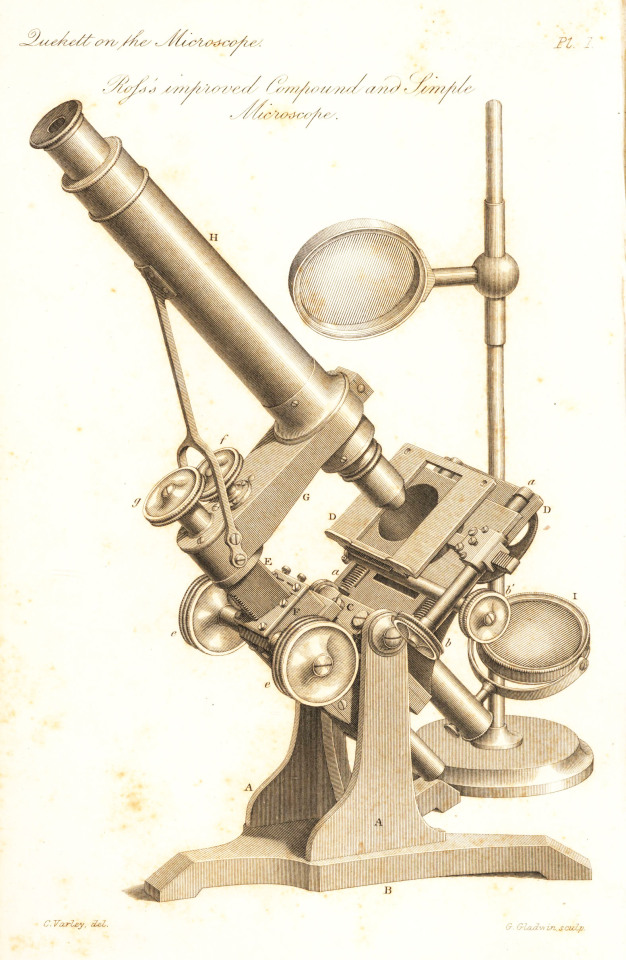

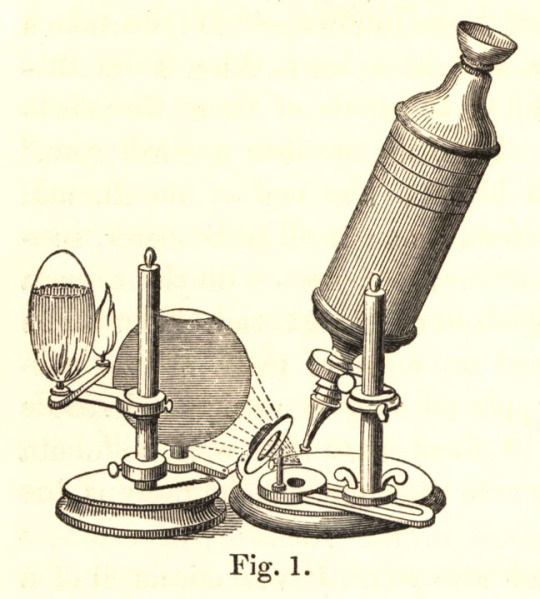

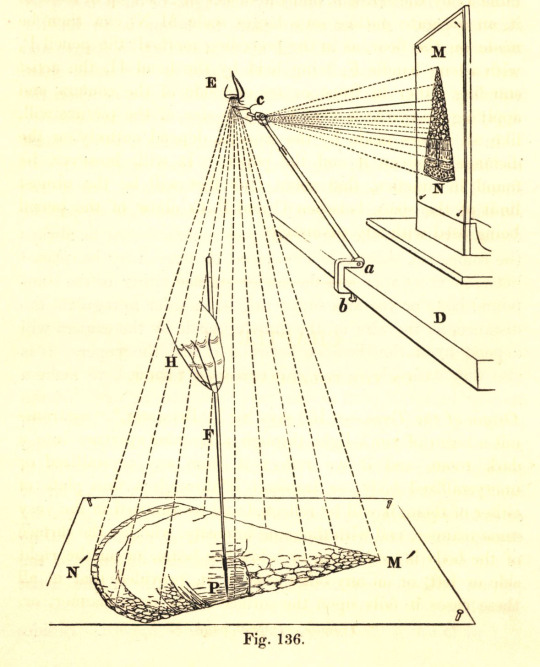


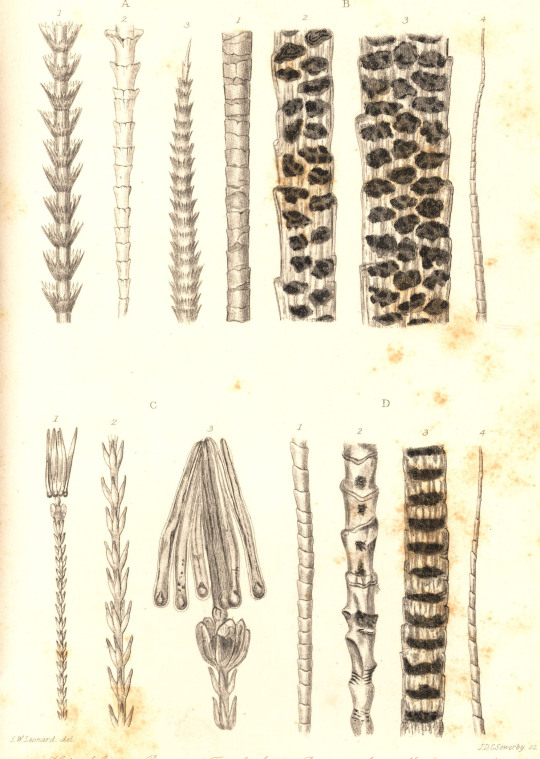


Science Saturday
Today we are highlighting John Quakett’s A Practical Treatise on the Use of the Microscope, Including the Different Methods of Preparing and Examining Animal, Vegetable, and Mineral Structures published in London by Hippolyte Bailliere in 1848. The book boasts that it is “illustrated with nine plates and two hundred and forty-one wood engravings.” Quakett dedicates the book to the British opticist and physicist, Joseph Jackson Lister (1786-1869), who enhanced the resolution of microscopes through designing and constructing achromatic lenses, which would limit chromatic aberration. We are including illustrations of various microscopes, including Robert Hooke’s microscope. There are also plates that depict magnification of various things such as the wing of a gnat and the hair of a bat (I did not mean for that to rhyme!).
John Thomas Quekett (1815-1861) was an English microscopist and histologist (a person who studies the microscopic anatomy of biological tissues).
A Practical Treatise on the Use of the Microscope is geared towards a general audience. Quekett wrote in the preface:
“In this land of machinery and manufactures, artists have not been found wanting to devote their time and talents to the conversion of what might once have been an amusing instrument or toy, into one of the most powerful auxiliaries that can be employed in scientific research. In proportion to its use, so has been the demand for improvement in its construction, and both amateur and optician have laboured together to bring it to its present state of perfection, the former, in many cases, furnishing the means to enable to the latter to carry out their designs.”
View other Science Saturday posts.
–Sarah, Special Collections Graduate Intern
#Science Saturday#John Quakett#A Practical Treatise on the Use of the Microscope#Hippolyte Bailliere#Joseph Jackson Lister#achromatic lenses#chromatic aberration#Robert Hooke#John Thomas Quekett#microscopy#microscope#biology#science#scientific illustration#microscopes#Sarah Finn#sarah
319 notes
·
View notes